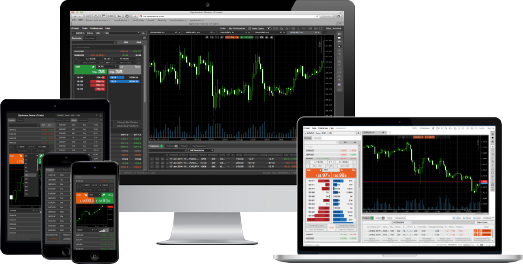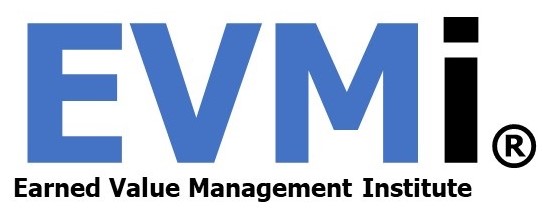

cTrader platform
via charts and Level II pricing are just some of the reasons why
many traders today choose cTrader as their go-to platform.


charts and Level II pricing are just some of the reasons why many
traders today choose cTrader as their go-to platform.
EVMI® Risk Management
All projects come with a degree of risks (some known, some unknown) and they will contain elements of risk.
EVMI’s approach is to assess these risks with you, establish appropriate mitigation plans and then proactively manage the identified risks to closure.
EVMI has a standardised risk management process that is used as a starting point to define the risk management plan. A risk identification workshop is convened early on in the project planning phase where identified risks are assigned owners who will be responsible for developing mitigation plans. These plans are assessed and tracked by the project office and project risks become an ongoing focus item for the Risk Management Team reporting and reviews.
At a minimum, risk impact analyses and containment/contingrncy plans will include the following:
- Financial impact on the project budget;
- Schedule impact on declared deliverables;
- Quality impact on satisfaction with the deliverable.
Typical risks include:
- Full or partial interruption of service;
- Departure of key employees;
- Shortfall in skills and knowledge;
- Compromised security levels;
- Availability of appropriately skilled resources;
- Lack of transparency;
- Miscommunication.
You can be confident in the knowledge that EVMI has the skills, experience, processes and resources to manage any of the risks to your project during all phases of the project life-cycle. Our Risk Management Processes include: Risk Identification, Risk Probability & Impact Analysis, Risk Management, Risk Tracking & Control, Risk Response Planning
We Apply Industry Standard Risk Benchmarks:
Plan Risk Management
We decide and finalize how to approach and plan the risk management activities for your project
Identify Risks
We determine which risks might affect the project and documenting their characteristics
Perform Qualitative Risk Analysis
We perform a qualitative analysis of risks and their conditions and prioritize their effects on the project objectives
Perform Quantitative Risk Analysis
We measure the probability/likelihood and consequences of risks and estimate their implications for project objectives
Plan Risk Responses
We develop procedures and techniques to enhance opportunities and reduce threats to the project’s objectives
Monitor and Control Risks
We monitor residual risks, identify new risks, execute risk reduction plans, and evaluate their effectiveness throughout the project life cycle
